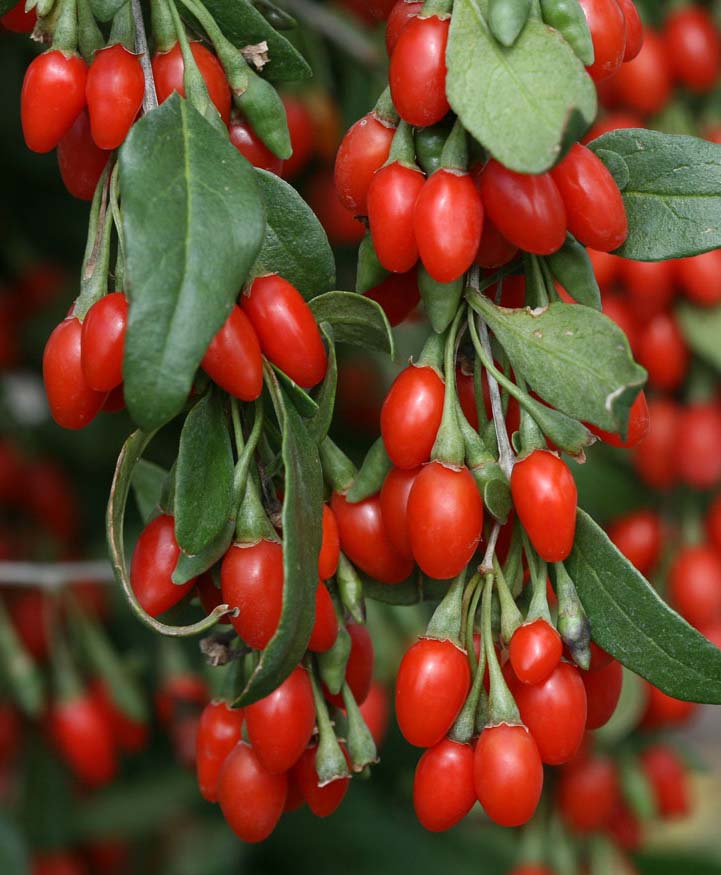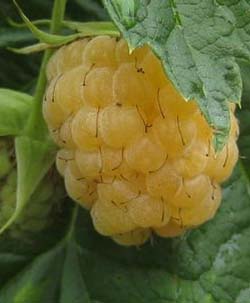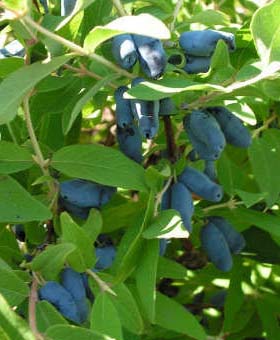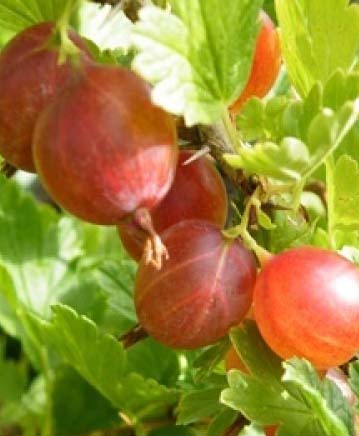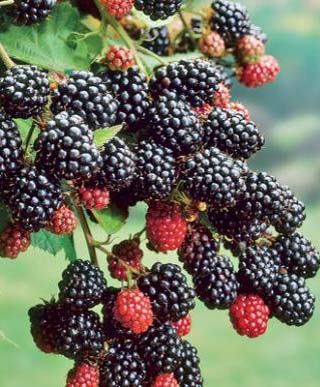





Growing Tips for...
Coral Bells and Foamy Bells
Coral Bells and Foamy Bells
Garden Site Conditions
When choosing the spot for your new plant, consider the following requirements:
Sun exposure: part shade (2-4 hours of sunlight) to full shade (less than 6 hours of sunlight) depending on the variety
Soil: Most perennials prefer fertile, well-drained soil, but are tolerant of a
wide range of conditions. Avoid sites that are extremely wet or excessively dry.
Planting
Dig your hole and place the top of the soil of the plant flush with the ground. Try not to place the crown (base) of the plant too low. With Heucheras and Heucherellas, a dry crown is important for a healthy plant. You can place the crown .5" higher than the existing soil, fill in the dirt, tamp it down around the plant. Then surround the crown with mulch and water the plant thoroughly.
Sun exposure: part shade (2-4 hours of sunlight) to full shade (less than 6 hours of sunlight) depending on the variety
Soil: Most perennials prefer fertile, well-drained soil, but are tolerant of a
wide range of conditions. Avoid sites that are extremely wet or excessively dry.
Planting
Dig your hole and place the top of the soil of the plant flush with the ground. Try not to place the crown (base) of the plant too low. With Heucheras and Heucherellas, a dry crown is important for a healthy plant. You can place the crown .5" higher than the existing soil, fill in the dirt, tamp it down around the plant. Then surround the crown with mulch and water the plant thoroughly.
Care
Over the next 4 weeks, your plant will need 0.5"-1" of water every week, either from rainfall or from you. After that, your plant will only need water during excessively dry or hot periods. Wilting is usually a sign that the plant needs water. However, in some cases, wilting can also be a sign of root rot.
Deadheading & Pruning
Deadheading is the removal of dead flowers. This encourages the plant to rebloom and gives the plant a neater appearance. However, this is not required. Coreopsis, Catmint, and Garden Sage really benefit from being cut back by 1/3 after flowering.
Winter Clean-up
Unlike most perennials, Coral Bells and Foamy Bells and semi-evergreen. They will hold their color well into the winter, even when covered with snow. You do not want to prune these until early spring. In early April, before the plant begins to grow, prune off any yucky looking leaves, being careful not to damage the crown. This is not required, but results in a cleaner, neater appearance.
Fertilizing & Mulching
In spring, as the plants begin to wake up and emerge, they appreciate a dose of fertilizer and a layer of mulch. Your local garden center can help you choose the appropriate type of fertilizer, and the dosage rates are printed on the container. Mulch should be 2-3" deep and avoid smothering the plant.
Companion Plants
What's Next? Your plant needs some friends! Here's a list of companion plants that like the same conditions. These are excellent growers and well suited for our area.
Winter Clean-up
Unlike most perennials, Coral Bells and Foamy Bells and semi-evergreen. They will hold their color well into the winter, even when covered with snow. You do not want to prune these until early spring. In early April, before the plant begins to grow, prune off any yucky looking leaves, being careful not to damage the crown. This is not required, but results in a cleaner, neater appearance.
Fertilizing & Mulching
In spring, as the plants begin to wake up and emerge, they appreciate a dose of fertilizer and a layer of mulch. Your local garden center can help you choose the appropriate type of fertilizer, and the dosage rates are printed on the container. Mulch should be 2-3" deep and avoid smothering the plant.
Companion Plants
What's Next? Your plant needs some friends! Here's a list of companion plants that like the same conditions. These are excellent growers and well suited for our area.
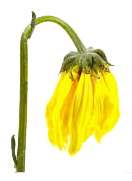
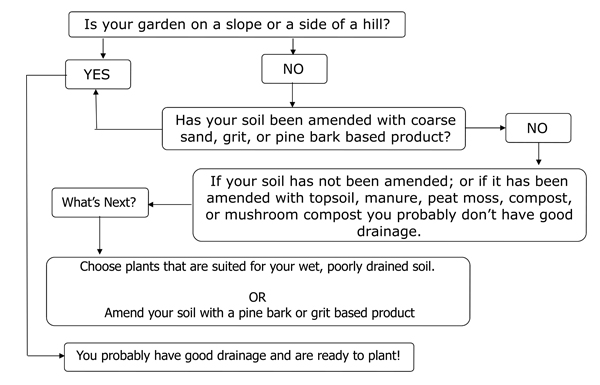
Click here for a list of companion plants for Coral Bells
Click here to navigate to the Coral Bells (Heuchera) profile page
Click here to navigate to the Foamy Bells (Heucherella) profile page
Click here to navigate to the Coral Bells (Heuchera) profile page
Click here to navigate to the Foamy Bells (Heucherella) profile page
